Get Started: DIY Organic Fertilizers
The most important factor for healthy plant growth is healthy soil. As mentioned in Part 1, the key to building healthy soil is the regular addition of soil amendments like compost. If you are looking to replenish specific nutrients or to grow heavy feeders like tomatoes, you can make your own organic plant food at home. You need only apply small quantities when plants need it, rather than large amounts over the whole garden. Remember: LESS IS MORE when it comes to fertilizer.
Here are some low-cost or no-cost options for making your own gentle organic fertilizers at home.
Comfrey Liquid Fertilizer
Harvest a large bag of comfrey leaves. Be sure to wear gloves, as leaves can cause irritation.
Fill a large bucket or container with crushed leaves and weigh them down. Cover with a lid to contain the smell.
Leave for 2 weeks. The leaves will produce a dark concentrated liquid – drain this into a separate container and toss used leaves in the compost pile.
Mix 1 part comfrey concentrate with 15 parts rainwater (1:15) in a watering can and apply it to the soil at the base of your plants.
Nettle Tea
Stinging nettles are common plants (even considered weeds!) that can be steeped to create a liquid nitrogen fertilizer.
Using gloves (plants will sting), cut leaves and stems at the base (do not include the roots) and fold, chop, or crush them into a bucket.
Fill the bucket with rainwater and cover and place in a warm sunny spot.
Check every 2 days to stir the tea. Foam on the top is normal.
The tea will take 2 weeks in a warm location, and up to 3 in a cool or shady spot. You can strain the tea into a new container through a cheesecloth or scoop the plant parts out of the liquid and add to the compost pile.
To use, mix 1 part nettle tea with 10 parts water (1:10) poured at the base of plants
(Note: You will still need to use compost to get the most out of this fertilizer. It is not meant for beans, peas, onions, potatoes and root vegetables).
Quick Fix Fertilizer Recipe:
In a 1 gallon container, add
1 tsp baking powder
1 tsp ammonia (quick nitrogen),
3 tsp instant iced tea (tannic acid),
3 tsp blackstrap molasses (feeds soil bacteria)
3 tbsp of 3% hydrogen peroxide (oxidizer)
1/4 C crushed bone scraps (phosphorus—fish bones provide potassium)
1 crushed eggshell (calcium & potassium)
1/2 dried banana peel (potassium)
Fill the jug the rest of the way with water (rainwater is best)
Replace cap and allow the jug to sit in the sun for about 1 hour to warm.
Water your plants with this mixture at full strength.
Kitchen Waste
These are some common outputs from a kitchen that many home gardeners have adapted to feed their plants. There are many “myths” about these materials, however, they may be used as below:
Spent Coffee Grounds: Often applied to acidic-soil loving plants like berries or azaleas. Grounds are high in nitrogen, but there is debate among growers if they are beneficial when directly applied to vegetable beds. Due to their residual caffeine and high nitrogen content, they are probably most effective for adding to a compost pile with a lot of woody/brown materials to create a balanced compost.
Eggshell: High in calcium, egg shells can balance oil acidity and assist with nutrient uptake. Egg shells decompose very slowly, however; therefore, they should be pulverized with a mixer, grinder, or mortar and pestle before you add them to soil or compost. You can steep dried eggshells in water for a few days and use them on both indoor and outdoor plants for a calcium boost.
FOOD FOR THOUGHT
Can you skip fertilizer altogether? This home gardener explains why he never uses fertilizer and gets results without it.
REFERENCES
Vegetable Garden Fertilizer 101
Feeding Your Plants for Free - How to Make Fertilizer for Your Vegetable Garden

